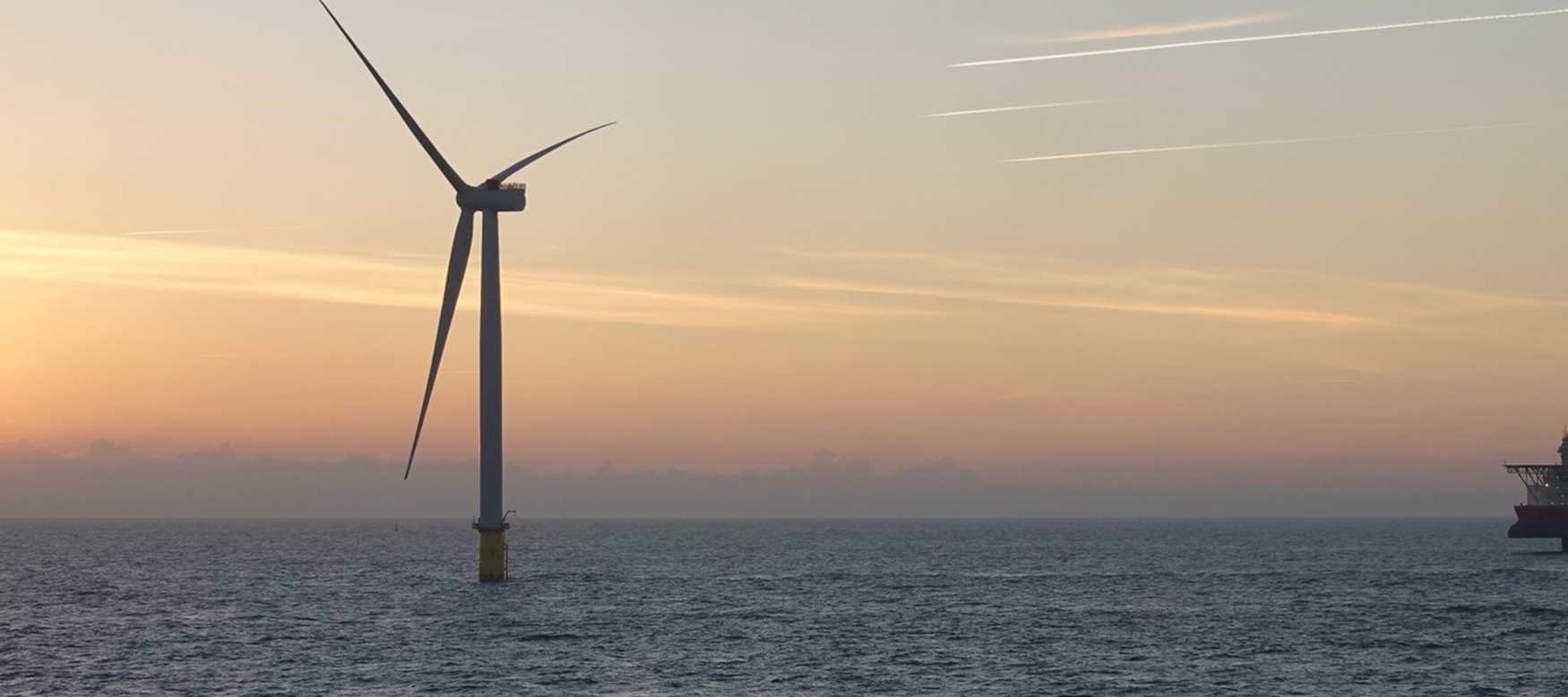The Crown Estate has revealed that it is partnering with a range of UK-wide expert bodies to launch four research projects to support nature recovery and the coexistence of offshore wind farms with marine life.
The projects aim to fill critical evidence gaps around how seabirds interact with offshore windfarms and how strategic compensation measures could support seabird colonies, habitat restoration, and creation, according to the Crown Estate.
Subject to contracts, the Crown Estate will provide a total investment of GBP 9 million through the Offshore Wind Evidence and Change (OWEC) programme, which it co-leads alongside the Department of Energy Security and Net Zero and the Department for Environment, Food and Rural Affairs.
Led by the Offshore Wind Industry Council (OWIC), the Carbon Trust, the Joint Nature Conservation Committee (JNCC), and Natural England, they will be delivered and supported by many other public, private, and charitable organisations and are due to begin work over the coming months.
Together with other projects funded by OWEC, the projects will improve understanding of the impact offshore wind has on marine wildlife around the UK, with the aim of ensuring ongoing development can provide long-term biodiversity gain while helping to deliver on net zero commitments, said the Crown Estate.
“More demands are being placed on the seabed than ever before. It is a key component of the UK’s renewable energy system, a route to energy security and home to a thriving marine environment. To enable these multiple priorities to prosper in a sustainable way, we’re continuing to invest and work closely with the brightest and best minds to fill critical knowledge gaps, in turn helping to de-risk and accelerate nature positive offshore wind development”, said Gus Jaspert, Managing Director of Marine at the Crown Estate.
“That is why we have committed up to £50 million in the Offshore Wind Evidence and Change programme as part of our wider work to build data and evidence that informs how the seabed can sustain its extraordinary variety of industries, livelihoods and natural habitats for the long-term benefit of the nation.”
YOU MIGHT ALSO LIKE
The first of four projects is called Prevalence of Seabird Species and Collision Events in OWF (PrediCtOr), led by the Carbon Trust under the Offshore Renewables Joint Industry Programme (ORJIP).
It aims to develop a coordinated approach for reducing uncertainty surrounding bird collision risk and influencing factors, and therefore reducing consenting risk, at offshore wind farms.
The second project is Procellariiform Behaviour & Demographics (ProcBe), led by JNCC, which seeks to fill evidence gaps around how seabird species, such as storm petrels and Manx shearwater might interact with offshore wind farms and improve the demographic rate and population modelling approaches.
Reducing Seabird Collisions Using Evidence (ReSCUE) project, led by Natural England, is a three-and-a-half project that could improve the industry’s knowledge of seabird flight heights and collision risk with offshore wind turbines in UK waters.
And the last project, named Strategic Compensations Pilots for Offshore Wind, is led by OWIC.
According to the Crown Estate, this project will deliver a shared body of evidence on best-practice, research and practical pilot projects for offshore wind compensation spanning investment in four target measures: artificial nesting for seabirds; habitat restoration and creation; predation reduction; and removal of defunct infrastructure.

ADVERTISE ON OFFSHOREWIND.BIZ
Get in front of your target audience in one move! OffshoreWIND.biz is read by thousands of offshore wind professionals daily.
Follow offshoreWIND.biz on:

